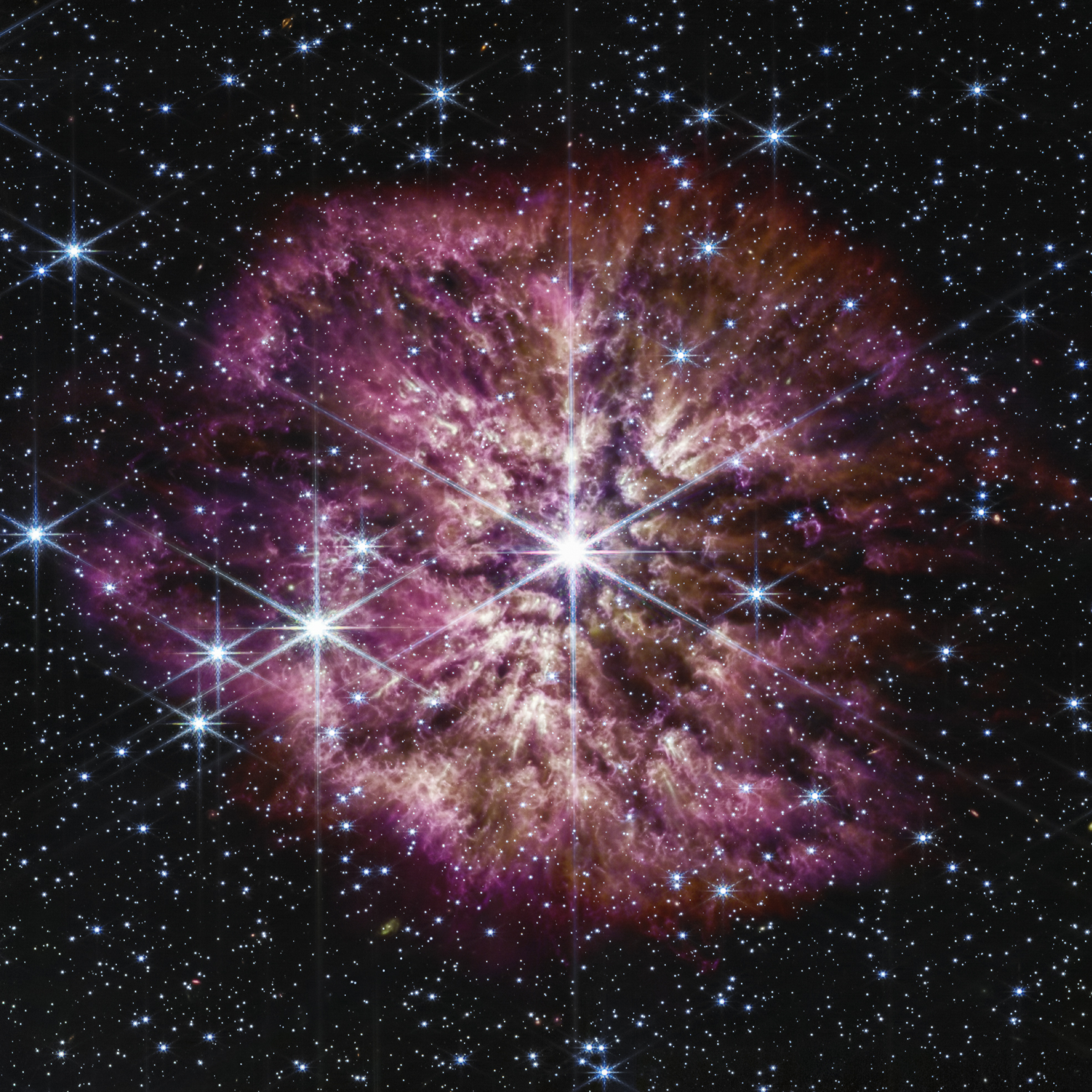
A solar telescope perched on the summit of Haleakalā, the dormant volcano on the Hawaiian island of Maui, captured new granular images of the sun, unlike any seen before.
The solar images were released Thursday by the National Solar Observatory, showing bright orange sunspots on the sun’s surface, known as the photosphere.
“Complex sunspots or groups of sunspots can be the source of explosive events like flares and coronal mass ejections that generate solar storms,” the observatory said.
Out of This World: Hawaii's Solar Telescope Captures Extraordinary New Images of the Sun
Sunspots can often be the size of Earth itself, or larger, and are found in areas with strong magnetic fields, the observatory says.
“These energetic and eruptive phenomena influence the outermost atmospheric layer of the Sun, the heliosphere, with the potential to impact Earth and our critical infrastructure," the observatory said.
Get Tri-state area news delivered to your inbox. Sign up for NBC New York's News Headlines newsletter.
The photos were captured by the Daniel K. Inouye Solar Telescope, the most powerful ground-based telescope in the world.
The photos give a remarkable view of sunspots and plasma on the sun, with patterns resembling honeycomb or flames.
The plasma photos were taken in “quiet” regions of the sun — or areas with low solar activity.
These images show a “pattern of hot upward-flowing plasma” surrounded by “cooler, down-flowing solar plasma.”
The telescope, which is 13-feet in size, was named after Daniel K. Inouye, a U.S. senator from Hawaii who served in Congress until his death 2012.
The telescope is located on the summit of Maui's Haleakalā — which means “house of the sun.”
"As the Inouye Solar Telescope continues to explore the Sun, we expect more new and exciting results from the scientific community – including spectacular views of our solar system’s most influential celestial body," the observatory said.
To learn more about the Inouye Solar Telescope and the recent images, click here




